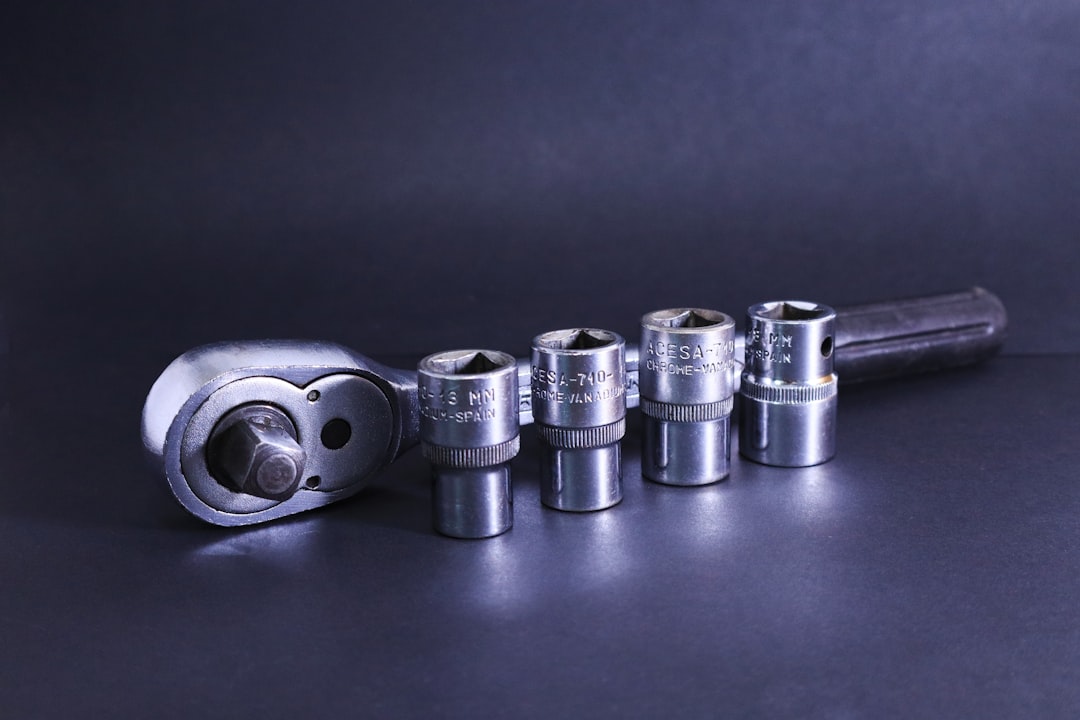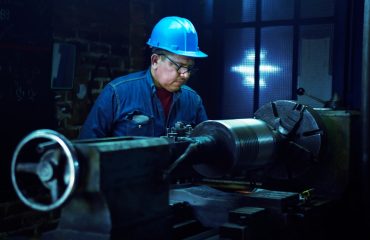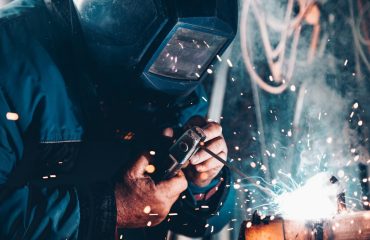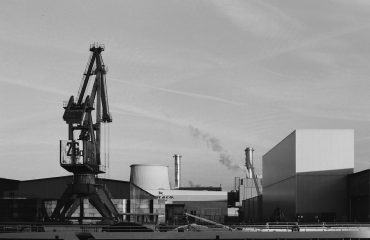In the world of industrial machinery, standardized parts often fall short. When precision, durability, and unique functionality are paramount, customized steel machine parts become indispensable. This comprehensive guide explores the intricacies of designing, manufacturing, and utilizing bespoke steel components to optimize your machinery’s performance and lifespan.
1. Designing Customized Steel Machine Parts: Precision and Purpose
The design phase is critical. It begins with a thorough understanding of your specific needs. What challenges are you facing with your current machinery? What improvements are you seeking? These questions drive the design process. Experienced engineers utilize CAD (Computer-Aided Design) software to create detailed 3D models, ensuring precise dimensions, tolerances, and functionality. This stage often involves iterative design reviews, incorporating feedback and making adjustments to optimize the part’s performance and manufacturability. Material selection is also a crucial aspect of design. Different grades of steel offer varying properties, such as strength, hardness, corrosion resistance, and machinability. Choosing the right steel grade is essential for ensuring the part meets the required performance specifications and operates reliably in its intended environment. Factors like anticipated loads, operating temperatures, and exposure to corrosive elements all influence the material selection process.
2. Material Selection: Choosing the Right Steel for the Job
Steel is a versatile material, but not all steel is created equal. The choice of steel grade significantly impacts the performance and longevity of your customized machine part. Common steel grades used in machine parts include: low-carbon steel (mild steel), offering good machinability and weldability; medium-carbon steel, providing increased strength and hardness; high-carbon steel, ideal for high-strength applications; stainless steel, known for its corrosion resistance; and tool steels, renowned for their exceptional hardness and wear resistance. The selection process considers factors such as tensile strength, yield strength, hardness, ductility, toughness, and fatigue resistance. Furthermore, the specific application’s environment plays a crucial role. If the part will be exposed to harsh chemicals or extreme temperatures, a specialized steel grade with enhanced corrosion resistance or heat resistance might be necessary. Careful consideration of these factors during material selection ensures the longevity and reliability of the final product.
3. Manufacturing Processes: From Blueprint to Reality
Once the design and material are finalized, the manufacturing process begins. Various techniques are employed, depending on the part’s complexity and required precision. Common methods include: CNC machining (Computer Numerical Control), offering high precision and repeatability; forging, ideal for creating strong, durable parts with complex shapes; casting, suitable for mass production of intricate parts; 3D printing (additive manufacturing), allowing for the creation of highly complex geometries; and welding, used to join different steel components. The choice of manufacturing process depends on factors like the part’s geometry, desired tolerances, material properties, and production volume. Each method has its strengths and weaknesses, and selecting the most appropriate technique is vital for ensuring both quality and cost-effectiveness. Quality control measures are implemented throughout the manufacturing process to guarantee the finished part conforms to the design specifications.
4. Quality Control and Testing: Ensuring Excellence
Rigorous quality control is paramount in the production of customized steel machine parts. Multiple checks and tests are conducted throughout the manufacturing process to ensure the final product meets the required specifications and performance standards. These checks can include dimensional inspections using precision measuring instruments, hardness testing to verify the material’s properties, and non-destructive testing (NDT) methods such as ultrasonic testing or magnetic particle inspection to detect internal flaws. Furthermore, functional testing might be conducted to verify the part’s performance under simulated operating conditions. Detailed documentation is maintained throughout the process, providing a complete audit trail of the part’s creation and ensuring traceability. This comprehensive approach to quality control minimizes the risk of defects and ensures the reliability and longevity of the customized steel machine parts.
5. The Benefits of Customized Steel Machine Parts: A Competitive Edge
Investing in customized steel machine parts offers several significant advantages. First, they provide optimal performance tailored to your specific needs, surpassing the capabilities of off-the-shelf components. Second, customized parts can enhance the efficiency and productivity of your machinery, leading to cost savings in the long run. Third, they can extend the lifespan of your equipment by addressing specific wear points or weaknesses. Fourth, customized parts can improve the overall reliability and reduce downtime, minimizing production disruptions. Finally, using customized parts can lead to a competitive advantage by allowing for unique designs and functionalities that differentiate your products or processes. The initial investment in custom parts is often offset by the long-term benefits of improved efficiency, reduced downtime, and increased product longevity.
In conclusion, choosing customized steel machine parts is an investment in the efficiency, reliability, and longevity of your machinery. By carefully considering the design, material selection, manufacturing process, and quality control, you can ensure your custom components meet the highest standards and provide a significant competitive advantage.
Tags: Customized steel parts, steel machine parts, bespoke machine components, precision engineering, industrial parts manufacturing




